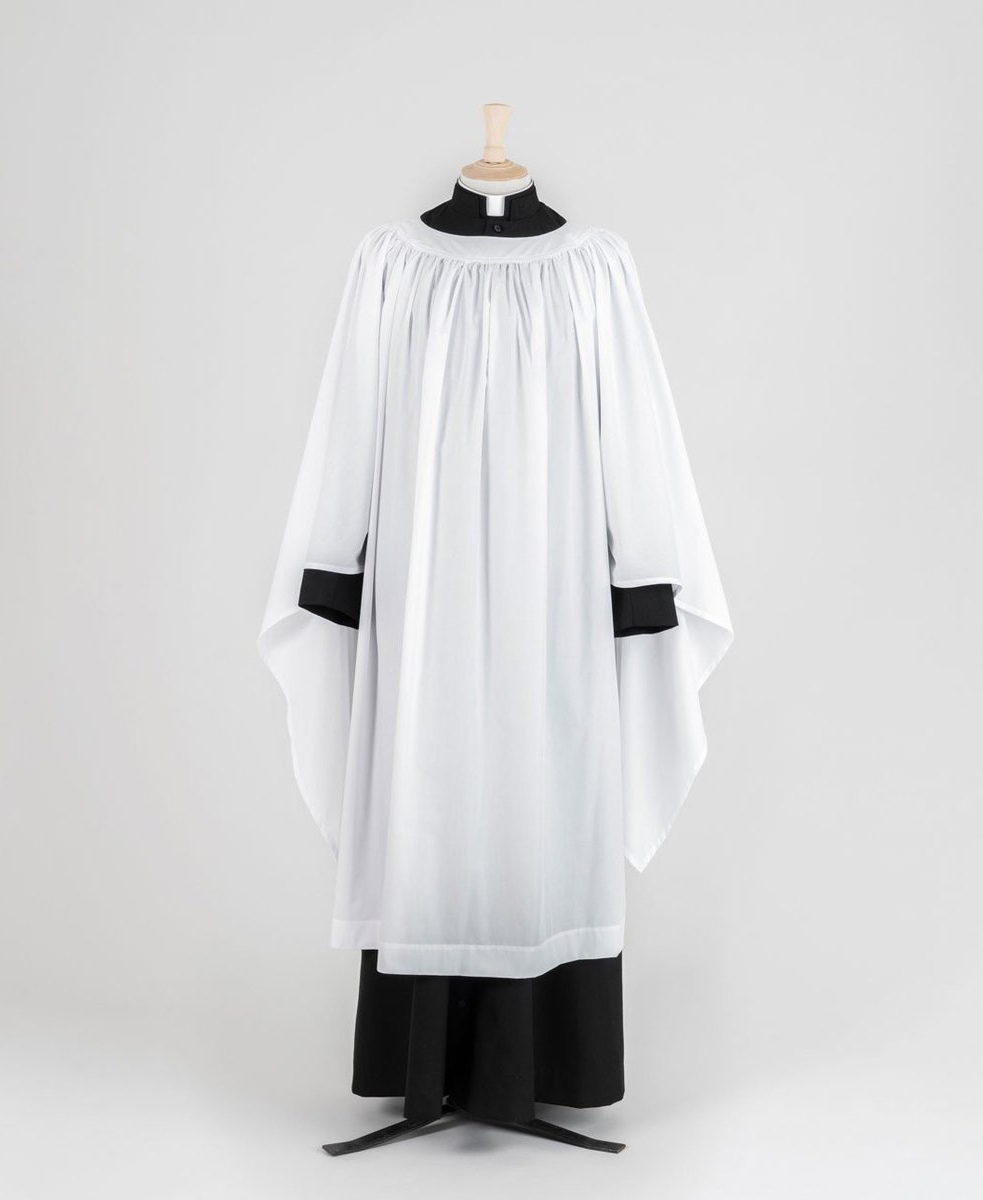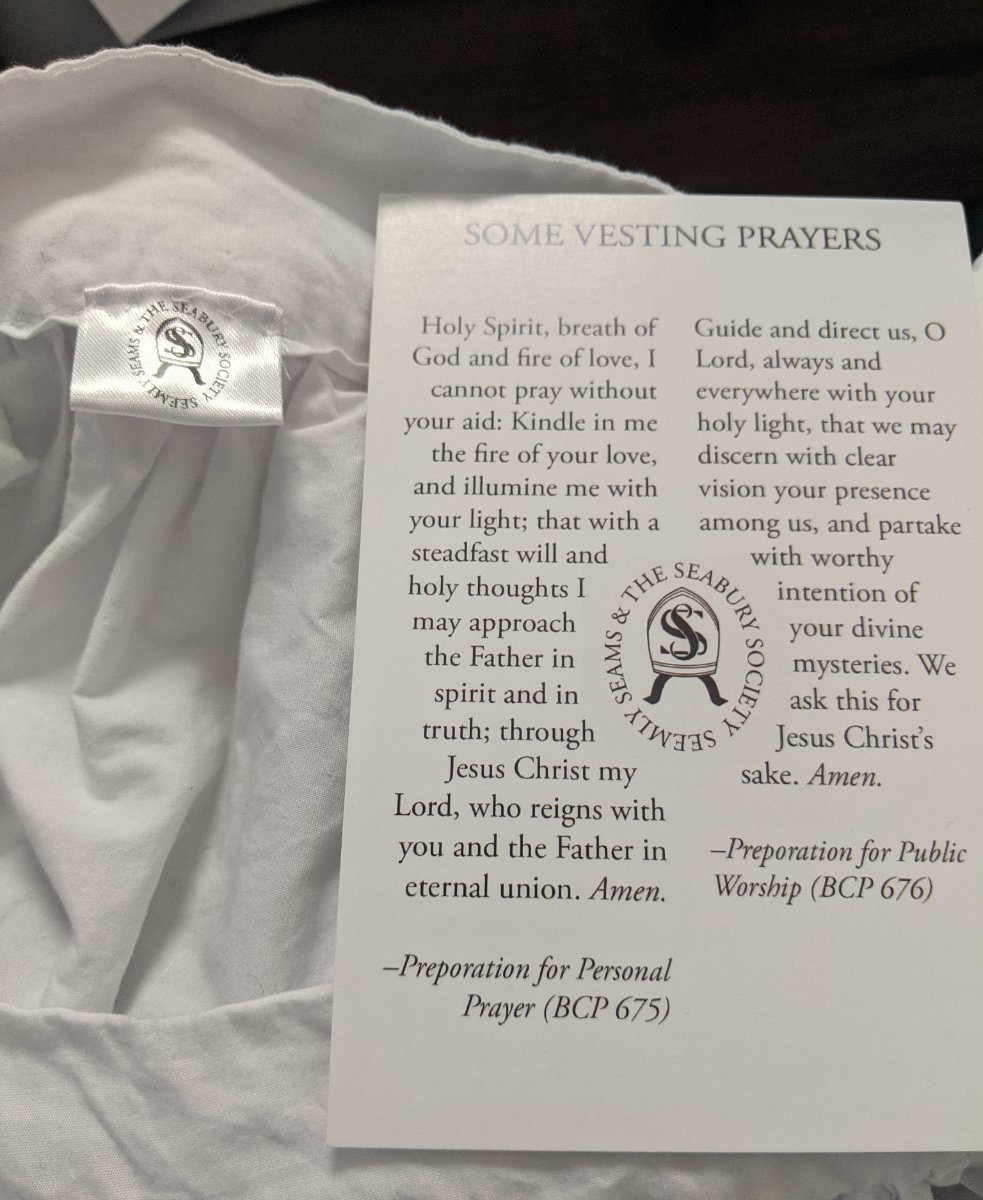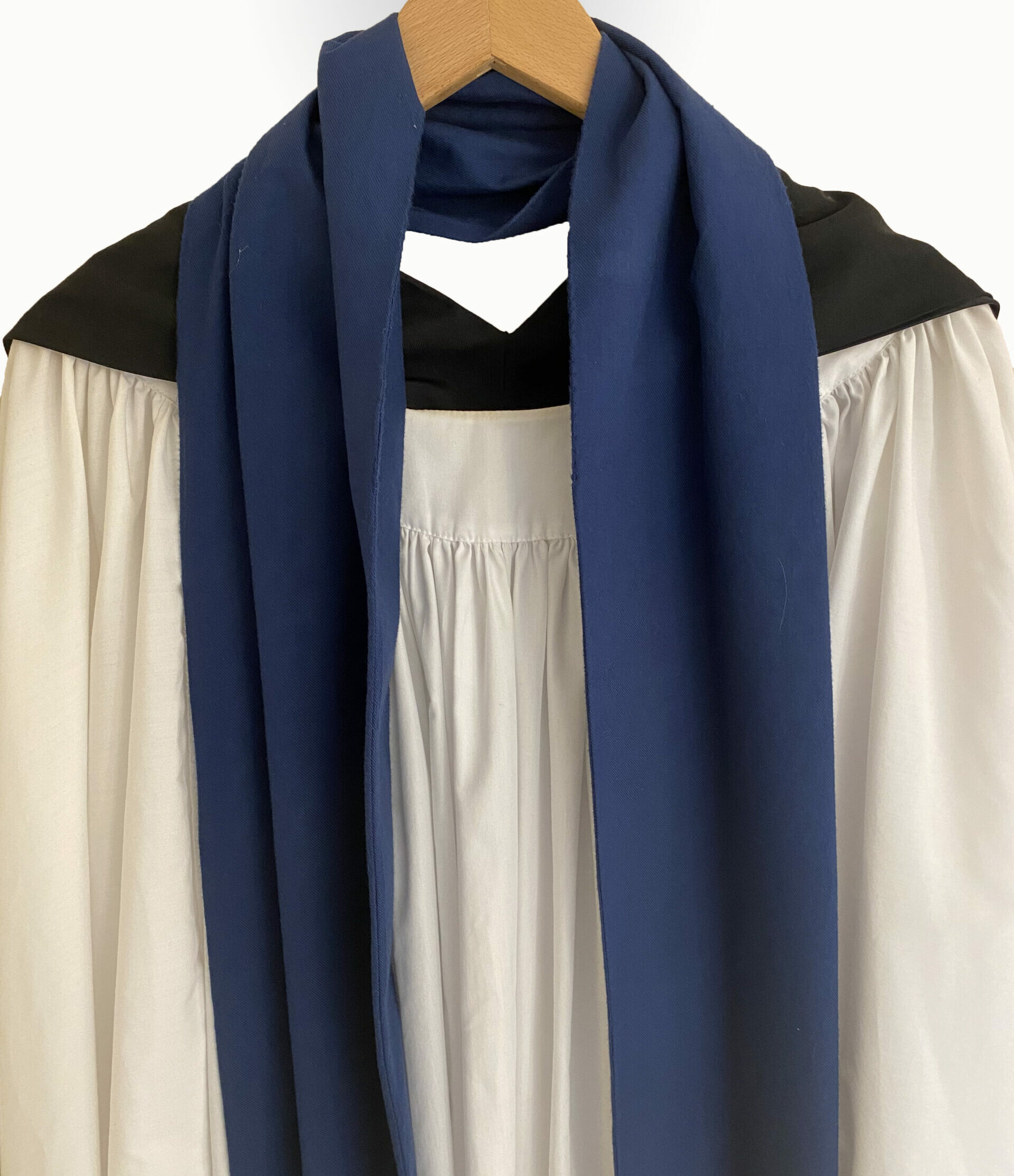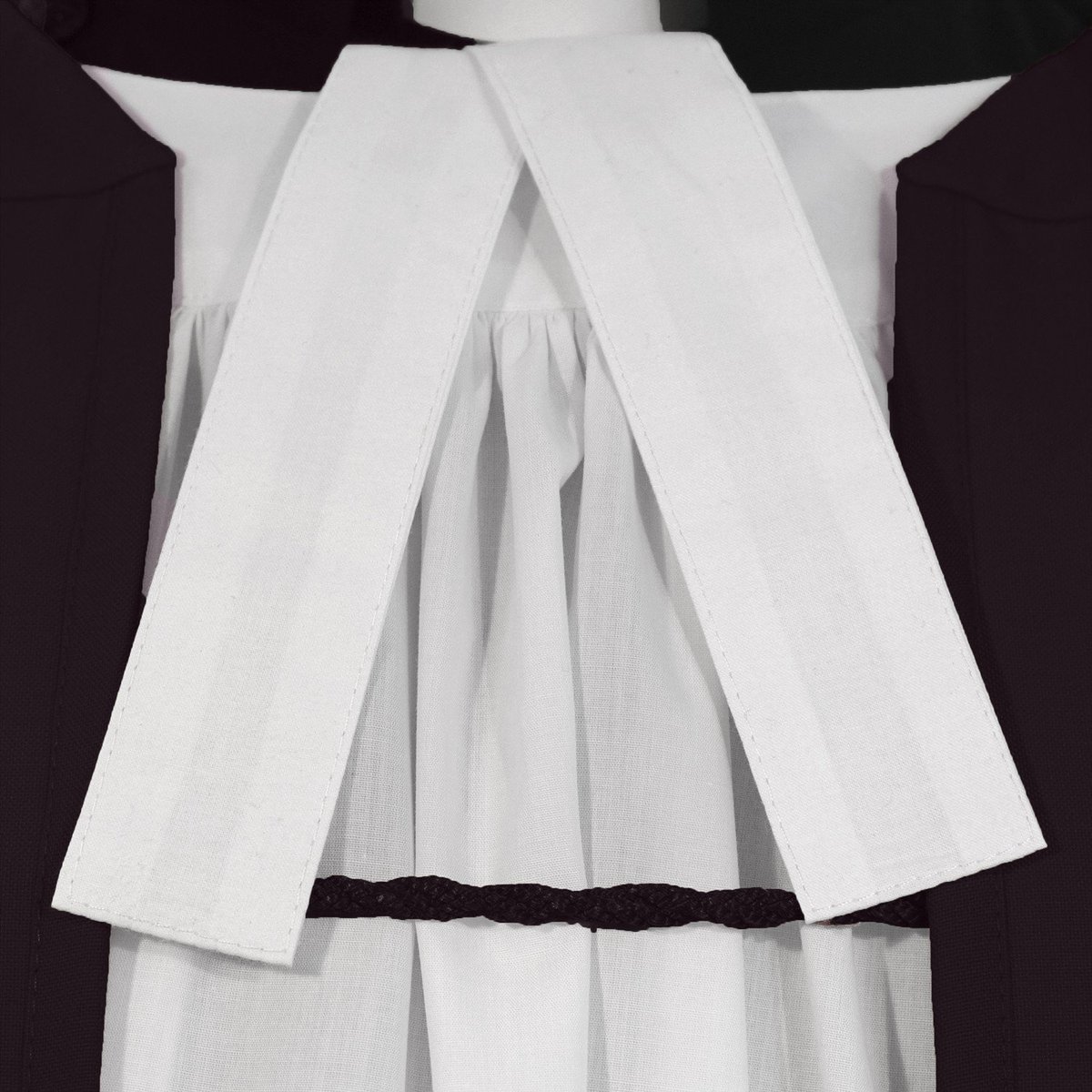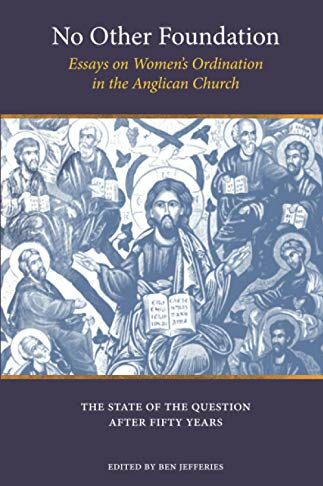There is no dignity so high, no responsibility so great, no work so noble, no reward so blessed, no life more full of beatitude, than that of a faithful Priest. It is a singular mark of God’s predestinating love that He calls any of us into this association with Himself.
“Lord Jesus, you are the Good Shepherd who cares for his flock: We ask you to bestow upon your Church the gifts of the Holy Spirit in abundance, and to raise up from among us faithful and able persons called to the ministries of Deacon, Priest, and Bishop. Inspire them to spend and be spent for the sake of the Gospel, and make them holy and loving servants and shepherds of the flock for whom you shed your most precious blood. Grant this for the sake of your love. Amen.”
–Book of Common Prayer, 650
The Seminarian
“[T]he vocation, that state of life to which one is called, of the seminarian is both a ministerial one by anticipation, i.e. the vocation as such is not something which begins only with ordination, and it is a calling to specific responsibilities and privileges which characterize the member of a particular educational-religious community.” (Clothed with Salvation, Preface)
There is no disputing the fact that the Seminarian occupies a unique place within any Church body. He seems to be in one instance a member of the clergy. He is invited to preach on occasion and the typical parishioner will ask him about his studies and what new tidbit of historical or ascetical theology he has learned that semester. Likely, he will be invited to play some role in the liturgy or to bless the food before a parish potluck. Within him, the priestly or diaconal vocation is already glimpsed. In another sense, however, there are those who have grown up within the Parish, sat under the catechism, and spent a lifetime bringing children to the Font who can easily outwit and out-teach the feeble Seminarian. Despite the little honors afforded him, he still occupies the role of student. It is a confusing time for any man, and yet one of immense importance!
We want to aid him in this awkward time of formation. It is the Society’s great hope to provide the Province’s Seminarians with resources that will enable them to become clergymen that exemplify the best aspects of our patrimony. Those who join our list will be notified about these resources – as well as about our various Ministries – as they are made available.

To theological students, in whose welfare I am most truly interested, I can speak with plainness; for at the present day, if amid the prodigious efforts of Popery—the beautiful example set us by various denominations in this country—and the delightful, the noble stand which our highly honored mother, the Church of England, has at last taken in reference to missions, there is even one, looking to the ministry, who has not in all sincerity and from his heart said to his Saviour, Speak, Lord, for thy servant heareth—and is not ready to say to the Church, Here am I, send me—he has mistaken his calling.
The seminarian who studies his theology and says his prayers with an unmixed desire to serve and please God will presently become convinced that God is redeeming the world for him and making all things new.
“O God, you led your holy apostles to ordain ministers in every place: Grant that your Church, under the guidance of the Holy Spirit, may choose suitable persons for the ministry of Word and Sacrament, and may uphold them in their work for the extension of your kingdom; through the great Shepherd and Bishop of our souls, Jesus Christ our Lord, who lives and reigns with you and the Holy Spirit, one God, for ever and ever. Amen.”
–Book of Common Prayer, 634
Free Books for ACNA Seminarians
Being a Seminarian is difficult – and often expensive. To make things easier for those preparing for the Ministry, the Society will provide resources free of charge to Seminarians within the Anglican Church in North America. To take advantage of these resources, simply join our Seminarian List above. Then simply scroll to one of the books below, enter the same email provided while joining the Seminarian List, and then click ‘Request’.
Only one copy of each book will be provided to Seminarians. Book orders may not be immediate depending on available funds. If you would like to support this ministry, please consider making a donation above.
contact@seaburysociety.com

